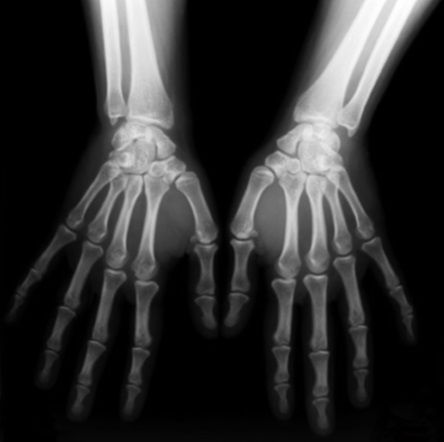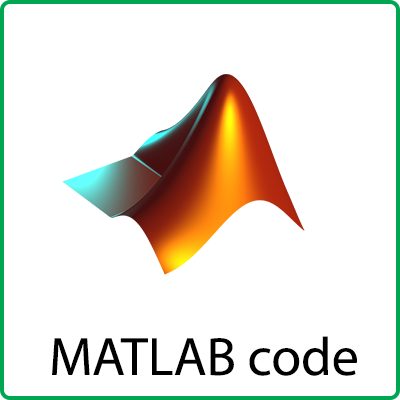Description
Link of paper :
http://www.sciencedirect.com/science/article/pii/S0952197609001377
Due to the imperfection of image acquisition systems and transmission channels, images are often corrupted by noise. This degradation leads to a significant reduction of image quality and then makes more difficult to perform high-level vision tasks such as recognition, 3-D reconstruction, or scene interpretation. The image denoising is important, not only because of the evident applications it serves. Being the simplest possible inverse problem, it provides a convenient platform over which image processing ideas and techniques can be assessed. In most cases, this corruption is commonly modeled by a zero-mean additive white Gaussian random noise.
Over the last decade, plenty of image-denoising methods exist, originating from various disciplines such as probability theory, statistics, partial differential equations, linear and nonlinear filtering, and spectral and multiresolution analysis (Liu et al., 2008). All these methods rely on some explicit or implicit assumptions about the true (noise-free) signal in order to separate it properly from the random noise. In particular, the transform- domain denoising methods typically assume that the true signal can be well approximated by a linear combination of few basis elements (Dabov et al., 2007). That is, the signal is sparsely represented in the transform domain. Hence, by preserving the few high-magnitude transform coefficients that convey mostly the true-signal energy and discarding the rest, which are mainly due to noise, the true signal can be effectively estimated. The sparsity of the representation depends on both the transform and the true-signal’s properties.
output code :
peaksnr before = 23.659551097946633
snr before = 13.786858445526661
peaksnr after = 27.636168606872697
snr after = 17.763475954452726
ssimValues before = 0.221353701319673
ssimValues after = 0.459691527385873
Input image :

Noisy image :

output image :

references :
Bao, Q.Z., Gao, J.H., Chen, W.C., 2008. Local adaptive shrinkage threshold denoising using curvelet coefficients. Electronics Letters 14 (4), 277–278.
Balster, E.J., Zheng, Y.F., Ewing, R.L., 2005. Feature-based wavelet shrinkage algorithm for image denoising. IEEE Transactions on Image Processing 14 (12), 2024–2039.
Cheng, H., Tang, W., 2008. A robust denoising for medical ultrasound image based on SVR estimation in wavelet domain. In: Second International Conference on Bioinformatics and Biomedical Engineering (ICBBE), 16–18 May 2008, pp. 2624–2627.
Cheng, H., Tian, J.W., Liu, J., Yu, Q.Z., 2004. Wavelet domain image denoising via support vector regression. Electronics Letters 40 (23), 1479–1480.
Chen, G.Y., Ke´ gl, B., 2007. Image denoising with complex ridgelets. Pattern Recognition 40 (2), 578–585.
Cunha, A.L., Zhou, J., Do, M.N, 2006. The nonsubsampled contourlet transform: theory, design, and applications. IEEE Transactions on Image Processing 15 (10), 3089–3101.
Choi, H., Baraniuk, R.G., 2004. Multiple wavelet basis image denoising using Besovball projections. IEEE Signal Processing Letter 11 (9), 717–720.
Dabov, K., Foi, A., Katkovnik, V., Egiazarian, K., 2007. Image denoising by sparse 3-D transform-domain collaborative filtering. IEEE Transactions on Image Proces- sing 16 (8), 2080–2095.
Li, Dalong, 2008. Support vector regression based image denoising. Image and Vision Computing doi:10.1016/j.imavis.2008.06.006.
Eslami, R., Radha., H., 2007. A new family of nonredundant transforms using hybrid wavelets and directional filter banks. IEEE Transactions on Image Processing 16 (4), 1152–1167.
Li, D., Mersereau, R., Simske, S., 2007. Blind image deconvolution through support vector regression. IEEE Transactions on Neural Networks 18 (3), 931–935.
Luisier, F., Blu, T., Unser., M., 2007. A new SURE approach to image denoising: interscale orthonormal wavelet thresholding. IEEE Transactions on Image Processing 16 (3), 593–606.
Liu, C., Szeliski, R., Kang, S.B., 2008. Automatic estimation and removal of noise from a single image. IEEE Transactions on Pattern Analysis and Machine Intelligence 30 (2), 299–314.
Mallat, S., LePennec, E., 2005. Sparse geometric image representation with bandelets. IEEE Transactions on Image Processing 14 (4), 423–438.
Motwani, M.C., Gadiya, MC., 2004. Survey of image denoising technique. In: Proceedings of Global
Signal Processing Expo and Conference, Santa Clara, CA, 27 September 2004.
Pizurica, A., Philips, W., 2006. Estimating the probability of the presence of a signal of interest in multiresolution single-and multiband image denoising. IEEE Transactions on Image Processing 15 (3), 645–665.
Portilla, J., Strela, V., Wainwright, M.J., Simoncelli, E.P., 2003. Image denoising using scale mixtures of gaussians in the wavelet domain. IEEE Transactions on Image Processing 12 (11), 1338–1351.
Singh, R., Vatsa, M., Noore., A., 2008. SVM based adaptive biometric image enhancement using quality assessment. Speech, Audio, Image and Biomedical Signal Processing using Neural Networks 83, 351–371.
Scheunders, P., 2004. Wavelet thresholding of multivalued images. IEEE Transac- tions on Image Processing 13 (4), 475–483.
Vapnik, Vladimir.N., 1998. In: Statistical Learning Theory. John Wiley & Sons, New York.
Yan, F., Cheng, L., Peng., S., 2008. A new interscale and intrascale orthonormal wavelet thresholding for SURE-based image denoising. IEEE Transactions on Signal Processing Letters 15, 139–142.
Zhang, S.M., Chen, Y., 2006. Image denosing based on wavelet support vector regression. Machine Graphics & Vision International Journal 15 (3), 673–680.
Zhu, B., Wang, H.Z., Huang, L.L., 2008. An improved adaptive image denoising method based on multi-wavelet transform. ISECS International Colloquium on Computing, Communication, Control, and Management, 142–146.
Local features in image processing


Reviews
There are no reviews yet.